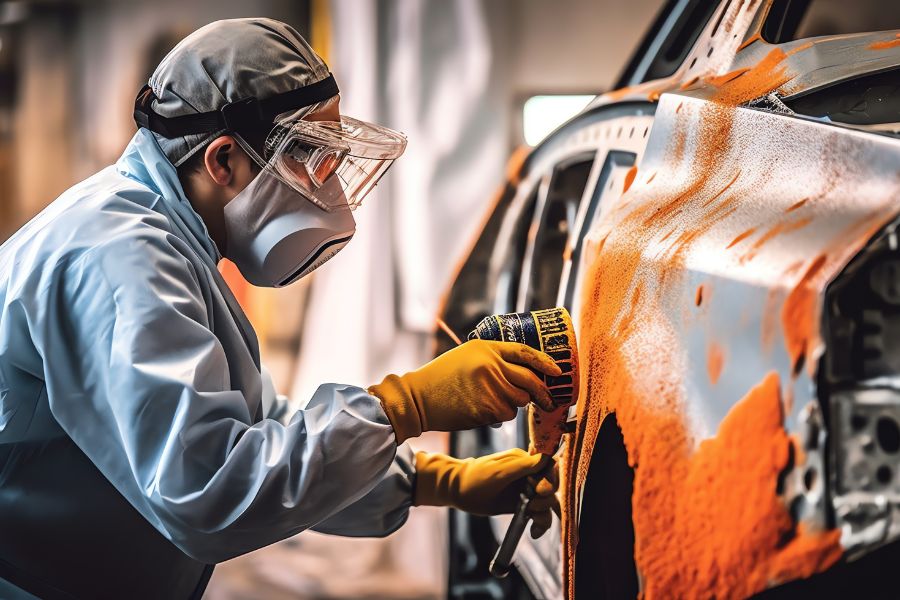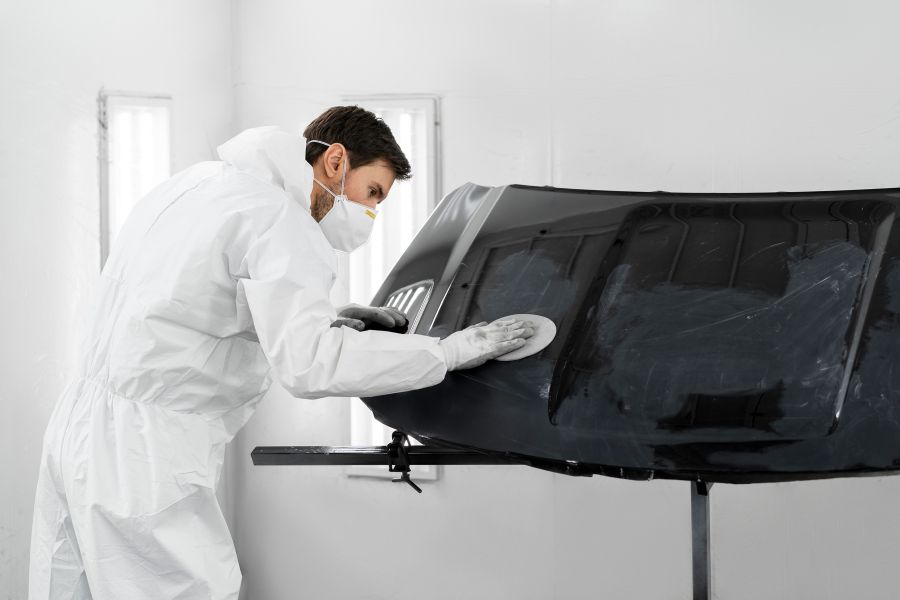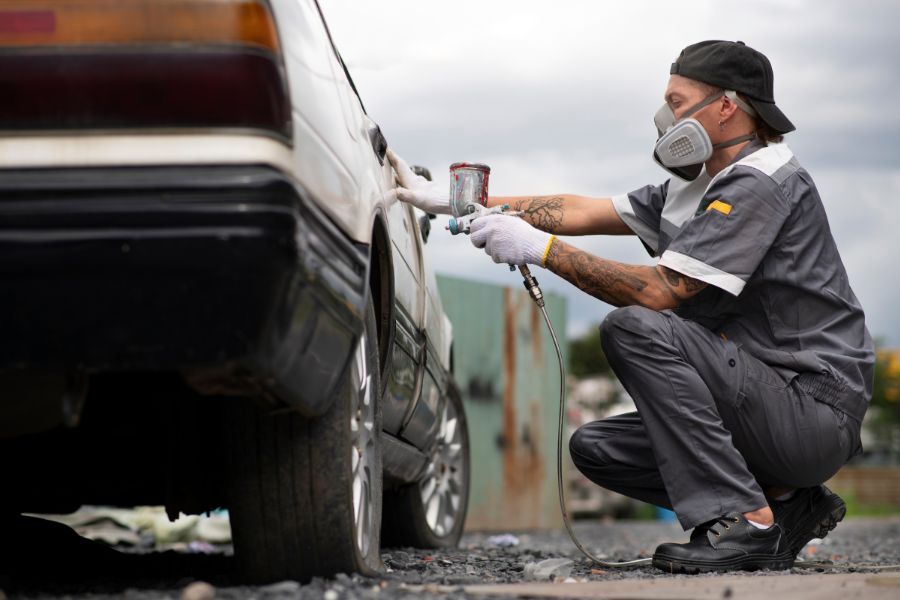How the Automotive Industry Manages Corrosion Risk?
Corrosion is a silent but persistent challenge in the automotive industry. It occurs when metals react with environmental elements, such as water, oxygen, and salt, leading to deterioration. For automobiles, corrosion can compromise structural integrity, affect aesthetic appeal, and lead to costly repairs. This makes managing automotive corrosion a critical aspect of vehicle manufacturing and maintenance.
In this article, we will explore the causes and effects of corrosion on vehicles and discuss the strategies adopted by the automotive industry to mitigate this issue.
Causes and Effects of Automotive Corrosion
Why Does Corrosion Occur?
Corrosion in vehicles is primarily caused by the exposure of metal components to moisture, oxygen, and environmental pollutants. Some common factors contributing to automotive corrosion include:
- Climate Conditions: Areas with high humidity or frequent rainfall increase the risk of rust.
- Road Salt: In colder regions, salt is used to prevent ice formation on roads. While effective for safety, it accelerates the corrosion process.
- Chemical Exposure: Pollutants such as sulfur dioxide from industrial areas can exacerbate metal deterioration.
Impact of Corrosion
The effects of corrosion on vehicles go beyond surface-level damage:
- Structural Weakness: Corrosion can weaken the chassis, frame, and other load-bearing components, affecting vehicle safety.
- Performance Issues: Corroded electrical connections can disrupt a car’s functionality, leading to issues like faulty lighting or engine failure.
- Economic Costs: Vehicle owners may face significant repair bills to replace corroded parts or repaint affected areas.
Strategies to Combat Automotive Corrosion
To address the risks associated with automotive corrosion, manufacturers and consumers adopt various preventive measures and maintenance practices.
1. Advanced Coatings and Paints
Automobile manufacturers use specialized coatings and paints to protect metal surfaces. These coatings act as barriers, preventing moisture and oxygen from coming into contact with the metal.
- Galvanization: Steel parts are coated with a layer of zinc, which serves as a sacrificial material, corroding in place of the metal.
- Electrocoating (E-Coat): A process that applies a uniform, corrosion-resistant coating to every nook and cranny of a vehicle body.
- Polymer Coatings: Plastic-like films are applied to vulnerable areas like the underbody and wheel wells to resist chemical and physical abrasion.
2. Use of Corrosion-Resistant Materials
The industry has shifted towards using materials that naturally resist corrosion.
- Aluminum: Lightweight and resistant to rust, aluminum is increasingly used for vehicle bodies and engine components.
- Stainless Steel: Used for exhaust systems, this material offers excellent corrosion resistance due to its chromium content.
- Composite Materials: Non-metallic components such as carbon fiber are both durable and corrosion-proof.
3. Improved Design and Manufacturing
Design plays a vital role in minimizing automotive corrosion risks. Engineers focus on creating vehicles with fewer crevices and tight joints, where water and dirt can accumulate. Seamless welding and precision assembly further reduce vulnerability.
4. Anti-Corrosion Treatments
To enhance durability, vehicles undergo additional treatments during manufacturing.
- Rust Proofing: A wax or oil-based solution is applied to critical areas, such as door panels and undercarriages.
- Sealing and Caulking: Gaps in the body are sealed with corrosion-resistant compounds to prevent moisture ingress.
- Cathodic Protection: Some manufacturers use sacrificial anodes in key areas to protect the metal from corroding.
5. Regular Maintenance Practices
Vehicle owners can also play a role in preventing automotive corrosion by adopting regular maintenance practices:
- Washing and Waxing: Regular washing removes dirt, salt, and chemicals, while waxing adds an extra protective layer.
- Inspecting Vulnerable Areas: Periodically checking wheel wells, undercarriages, and door frames can help catch early signs of rust.
- Touch-Up Paints: Promptly addressing scratches and chips can prevent rust from spreading.
Innovations Driving the Future
The automotive industry continues to innovate to reduce the risks of corrosion. Some emerging trends include:
Nanotechnology
Nanocoatings, made of microscopic particles, provide superior protection against moisture and chemical exposure. These coatings are durable, lightweight, and eco-friendly.
Self-Healing Materials
Research is underway to develop materials that can repair themselves when scratched or damaged, thereby preventing rust from forming.
Recycling and Sustainability
Recycled materials and eco-friendly manufacturing processes not only lower costs but also reduce the environmental impact of corrosion prevention methods.
FAQs: Frequently Asked Questions
What causes automotive corrosion?
Automotive corrosion occurs when metal parts of a vehicle react with environmental elements like moisture, oxygen, road salt, and pollutants, leading to rust and deterioration.
How does corrosion affect vehicles?
Corrosion can weaken a vehicle’s structural integrity, cause performance issues, and result in expensive repairs. It also diminishes the vehicle’s aesthetic appeal.
What are the best ways to prevent automotive corrosion?
Preventive measures include regular washing and waxing, applying anti-rust coatings, inspecting vulnerable areas, and promptly repairing scratches and chips.
How does galvanization help in preventing corrosion?
Galvanization involves coating steel with a layer of zinc, which corrodes instead of the steel, protecting it from rust.
Are there any innovative methods to tackle corrosion?
Yes, innovations like nanocoatings, self-healing materials, and eco-friendly manufacturing processes are being developed to combat corrosion more effectively.
Closing Insights

The battle against automotive corrosion is ongoing, but advancements in materials, coatings, and maintenance practices have significantly mitigated its impact. For manufacturers, investing in corrosion-resistant technologies ensures better durability and customer satisfaction. For vehicle owners, adopting simple preventive measures can prolong the life of their vehicles.
As the automotive industry progresses toward sustainable and innovative solutions, managing corrosion risk will continue to be a critical priority. Through our specialized courses and training programs, CORCON empowers professionals with the knowledge and skills to address corrosion challenges effectively, contributing to safer, more reliable, and aesthetically superior vehicles for the future.
Image Reference: Freepik
Disclaimer: All trademarks, logos, and brand names are the property of their respective owners. All company, product, and service names used in this website are for identification purposes only. Use of these names, trademarks, and brands does not imply endorsement.

